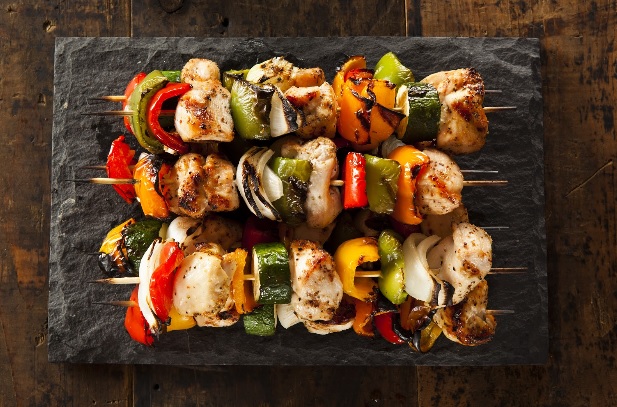Food allergies are pretty common and stressful. The question is, are you stuck with them? Shouldn’t you be able to live your life in this world free from fear about what you ingest? The good news is there are ways to reduce food allergies.
Let’s first make a distinction about what types of food allergies can be reduced. Anaphylactic allergies and celiac disease are currently two types of food intolerances we can’t overcome. Regarding anaphylactic allergies, we’ve discovered that children who have a larger variety of healthy foods at earlier ages, have fewer anaphylactic reactions. So, encourage your little children or grandchildren to have a wider range of foods, especially peanuts, right around the weaning age. This lowers their risk for reactions later in life. Cultures where children eat the most peanuts earlier in life have the lowest rates of reactions. On the contrary, reactions have increased radically if parents have their children on a more restrictive diet for long periods of time.
We’ve been guilty of this in my profession. We had children eat very few foods until much later in their lives, avoiding exposure to dairy, eggs, nuts, and other common allergens until they were much older. Now we know the more exposure children have earlier in life, the less foods they’re severely reactive to later. (There’s also some encouraging data emerging about desensitizing for anaphylactic food reactions, which I’m watching closely.)
If you feel you’re reacting to certain foods, pursue obtaining clarity on exactly what is affecting you. Sometimes you can think a food is affecting you, and it’s really not. We all have symptoms that come and go but aren’t significant. So, it’s easy to misattribute a random symptom to something you just ate. In order to know if the reaction can be attributed to something you ate, it has to affect you the same way each time you eat it.
Some food reactions are delayed or hidden, so how do you discover which foods are the culprits?










